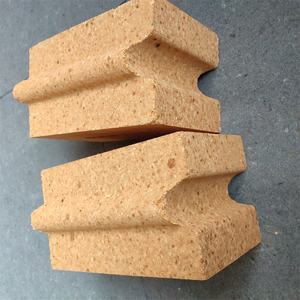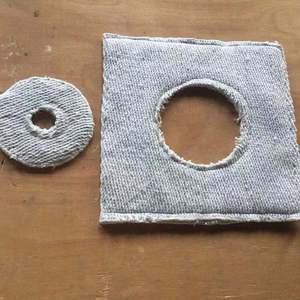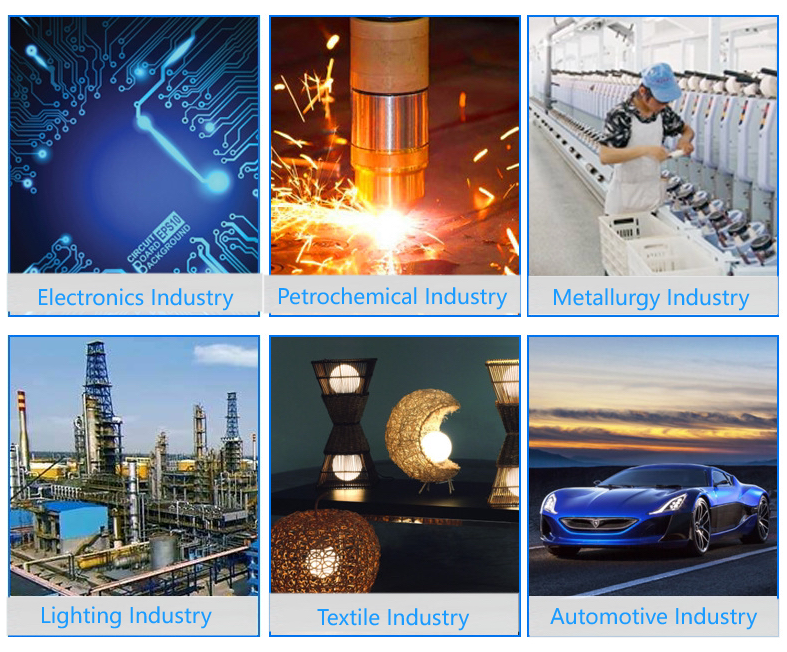Professional industry ceramic supplier, silicon nitride, silicon carbide, aluminum nitride and any other kinds of ceramics.
PRODUCT PARAMETERS
Description
Overview of Multi-Layer Silicon Carbide Refractory Brick Low Heat Loss Slag Resistance Custom Cutting for Steel Glass Cement Industries
Multi-Layer Silicon Carbide Refractory Brick Low Heat Loss Slag Resistance Custom Cutting for Steel Glass Cement Industries are non-metallic substances designed to withstand extreme temperatures exceeding 1,000°C, along with harsh chemical and physical stresses. They are essential for the inner linings of industrial furnaces, kilns, reactors, and incinerators, providing critical thermal insulation and structural integrity in processes ranging from metal and glass manufacturing to power generation.
Features of Multi-Layer Silicon Carbide Refractory Brick Low Heat Loss Slag Resistance Custom Cutting for Steel Glass Cement Industries
-
High-Temperature Resistance: Maintain structural strength and stability at temperatures often exceeding 1500°C.
-
Excellent Thermal Shock Resistance: Withstand rapid heating and cooling cycles without cracking or spalling.
-
Chemical Inertness: Resist corrosion and degradation from slags, molten metals, and acidic or basic environments.
-
High Mechanical Strength: Possess considerable load-bearing capacity at operating temperatures.
-
Low Thermal Conductivity: Provide effective insulation to improve energy efficiency and protect furnace structures.
-
Abrasion Resistance: Withstand erosion from solid materials and gas flows.
Specification of Multi-Layer Silicon Carbide Refractory Brick Low Heat Loss Slag Resistance Custom Cutting for Steel Glass Cement Industries
Here’s the product description for Multi-Layer Silicon Carbide Refractory Bricks:
This brick is a special furnace lining material. It uses silicon carbide. This material is very tough. The brick has multiple distinct layers. Each layer does a specific job. The design makes the brick work better overall. It handles extreme heat well. Steel mills need this. Glass factories need this. Cement plants need this too. These places run very hot furnaces.
The main benefit is less heat escapes. The layered structure traps heat inside. This saves energy. Your furnace uses less fuel. You save money on operating costs. The brick also fights slag attack. Slag is a big problem in metal making. It eats away at normal bricks. The silicon carbide surface resists this. It lasts longer in harsh conditions. This cuts down on furnace repairs. You get less downtime.
Custom cutting is a standard feature. Furnaces come in different shapes. Kilns have unique designs. We cut the bricks to your exact size. We shape them to fit your specific equipment. This ensures a perfect installation. You get a tight seal. This boosts the lining’s performance. It also extends its working life.
The outer layer gives mechanical strength. It takes the physical stress. The middle layers manage heat flow. They insulate the furnace structure. The inner layer faces the furnace directly. It withstands chemical attack. It handles the highest temperatures. All layers work together. This creates a superior barrier.
These bricks are built for demanding jobs. They excel in high-wear zones. Use them in steel furnace hearths. Use them in glass tank regenerators. Use them in cement kiln transition areas. They handle thermal shock. Sudden temperature changes won’t crack them easily. They offer reliable, long-lasting protection. Your furnace runs hotter and more efficiently. You see lower energy bills. You experience fewer shutdowns.
Applications of Multi-Layer Silicon Carbide Refractory Brick Low Heat Loss Slag Resistance Custom Cutting for Steel Glass Cement Industries
Multi-layer silicon carbide refractory bricks tackle tough industrial furnace jobs. They save energy and last longer. Their special design is key. These bricks have several layers. Each layer does a different job. The outer layer faces extreme heat and chemical attack directly. It uses high-purity silicon carbide. This material resists slag and corrosion very well. Slag just slides off. The middle layers provide strong structural support. They also manage heat flow effectively. The innermost layer touches the furnace shell. Its main job is reducing heat loss. This layer has excellent insulating properties. Heat stays inside the furnace better. This design cuts energy use significantly. Plants save money on fuel.
Steel mills use these bricks heavily. They line ladles, tundishes, and torpedo cars. Molten steel and slag constantly attack linings here. These bricks withstand that abuse. They prevent dangerous lining wear-throughs. Glass tank furnaces also benefit. Molten glass and fumes corrode standard materials fast. Silicon carbide bricks resist this corrosion. They keep furnaces running longer. Cement kilns face extreme temperatures and abrasive raw meals. These bricks handle the heat and wear. They maintain the kiln lining shape. This ensures consistent clinker production.
Custom cutting is a major advantage. Factories need precise brick shapes for complex furnace designs. Suppliers cut these bricks exactly to specifications. Odd angles or special curves are no problem. This perfect fit eliminates installation gaps. Gaps cause weak spots and heat leaks. Tight joints mean a stronger, more efficient furnace lining. Overall, these multi-layer bricks offer superior performance. They reduce downtime for repairs. They lower operating costs through energy savings. Steel, glass, and cement producers rely on them for reliable, efficient furnace operation.
Company Profile
Tanki New Materials Co.Ltd. focus on the research and development, production and sales of ceramic products, serving the electronics, ceramics, chemical and other industries. Since its establishment in 2015, the company has been committed to providing customers with the best products and services, and has become a leader in the industry through continuous technological innovation and strict quality management.
Our products includes but not limited to Aerogel, Aluminum Nitride, Aluminum Oxide, Boron Carbide, Boron Nitride, Ceramic Crucible, Ceramic Fiber, Quartz Product, Refractory Material, Silicon Carbide, Silicon Nitride, ect. please feel free to contact us.

Payment Methods
T/T, Western Union, Paypal, Credit Card etc.
Shipment Methods
By air, by sea, by express, as customers request.
5 FAQs of Multi-Layer Silicon Carbide Refractory Brick Low Heat Loss Slag Resistance Custom Cutting for Steel Glass Cement Industries
Here are 5 FAQs about our Multi-Layer Silicon Carbide Refractory Bricks:
What makes these bricks different? They have special layers. Each layer does a specific job. The outer layer fights slag and chemicals. The inner layers provide strong structure and insulation. This design gives much better performance than standard bricks. It tackles heat, wear, and corrosion all at once.
How do they reduce heat loss? The inner layers are highly insulating. Heat moves slower through these bricks. Less heat escapes the furnace. This saves significant energy. Your furnace stays hotter using less fuel. This lowers operating costs for steel mills, glass tanks, or cement kilns.
Why are they good against slag? The outer layer uses dense, high-purity silicon carbide. This material is very hard. It resists chemical attack from molten slag and metal. It doesn’t react easily. The brick surface stays intact longer. This means less wear in harsh areas like furnace linings.
Can we get custom sizes? Yes, custom cutting is a standard option. We understand furnaces need specific shapes. We cut bricks to your exact drawings. This ensures a perfect fit during installation. It minimizes gaps and weak points. You get a better lining faster.
Which industries use them? These bricks are vital where extreme heat and corrosion happen. Steel plants use them in blast furnaces and ladles. Glass factories need them for melting tanks. Cement plants install them in kiln burning zones. Any heavy industry needing durable, efficient linings benefits.
REQUEST A QUOTE
RELATED PRODUCTS
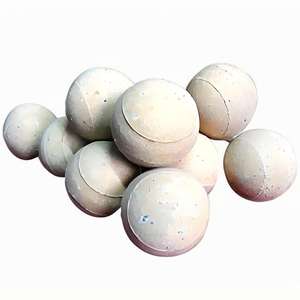
Factory d Refractory Ceramic Fiber Tap Out Cone Mold Hat Block For Foundry Casting High Quality Ceramic Fiber Products

Refractory Material Fire Clay Brick SK30 SK32 SK34 Yellow Alumina Fire Resistant Clay Brick Kiln
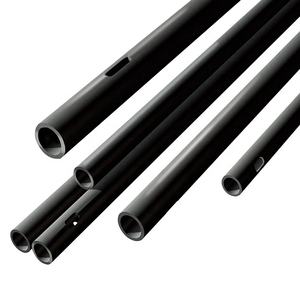
High Temperature Resistance Alumina Refractory Brick for Industry Furnace
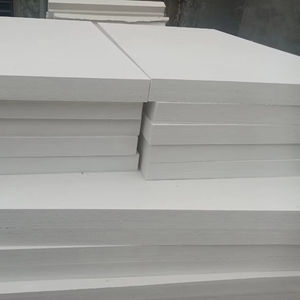
Ceramic Fiber Boards 10~100mm Customizable Thickness Refractory Board
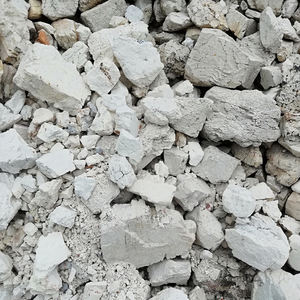
High 95% 92% 90% Al2O3 Alumina Ceramic Balls 10mm 15mm 20mm Mill Bearing Balls Refractory Product
